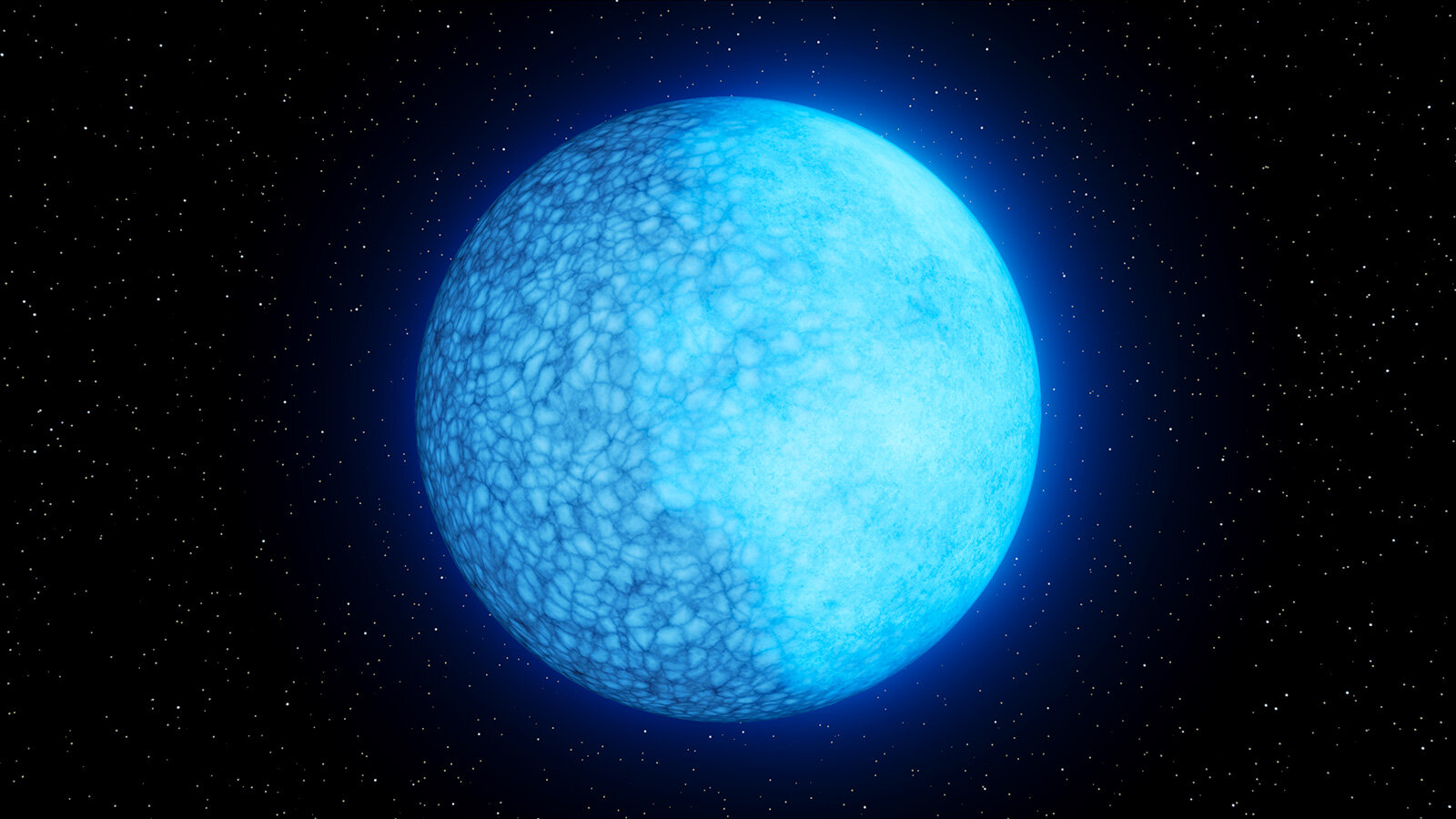In a first for white dwarfs, the burnt-out cores of dead stars, astronomers have discovered that at least one member of this cosmic family is two faced. One side of the white dwarf is composed of hydrogen, while the other is made up of helium.
“The surface of the white dwarf completely changes from one side to the other,” says Ilaria Caiazzo, a postdoctoral scholar at Caltech who leads a new study on the findings in the journal Nature. “When I show the observations to people, they are blown away.”
White dwarfs are the scalding remains of stars that were once like our sun. As the stars age, they puff up into red giants; eventually, their outer fluffy material is blown away and their cores contract into dense, fiery-hot white dwarfs. Our sun will evolve into a white dwarf in about 5 billion years.
The newfound white dwarf, nicknamed Janus after the two-faced Roman god of transition, was initially discovered by the Zwicky Transient Facility (ZTF), an instrument that scans the skies every night from Caltech’s Palomar Observatory near San Diego.
Caiazzo had been searching for highly magnetized white dwarfs, such as the object known as ZTF J1901+1458, which she and her team found previously using ZTF. One candidate object stood out for its rapid changes in brightness, so Caiazzo decided to investigate further with the CHIMERA instrument at Palomar, as well as HiPERCAM on the Gran Telescopio Canarias in Spain’s Canary Islands. Those data confirmed that Janus is rotating on its axis every 15 minutes.
This artist’s animation shows the two-faced white dwarf nicknamed Janus rotating on its axis. The blue-tinted dead cinder of a star, which was once a star like our sun, is composed primarily of hydrogen on one side and helium on the other (the hydrogen side appears brighter). The peculiar double-faced nature of this white dwarf might be due to the interplay of magnetic fields and convection, or a mixing of materials. On the helium side, which appears bubbly, convection has destroyed the thin hydrogen layer on the surface and brought up the helium underneath. The white dwarf’s rotation has been sped up in this animation; normally, it rotates around its axis every 15 minutes. Credit: K. Miller, Caltech/IPAC
2023-07-20 06:48:03
Post from phys.org rnrn
